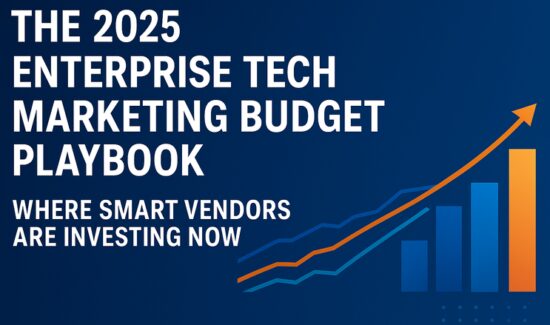How to Choose the Best Marketing Automation Tool for Your Organization

For someone uninitiated in the marketing automation space, picking the right software for your organization can seem like a daunting task. As intimidating as the task may seem, making an educated purchase can and will benefit your organization in the long run. Sifting through these solutions should not be seen as an obstacle, but rather as an opportunity to find the one best suited for your individual needs. And we at Solutions Review are here to help you assess those needs and address them.
As with most things in life, your father’s age old adage is going to ring true for here; you get what you pay for. Certain providers are going to run on the more expensive end of the spectrum, but these will generally offer more versatility and will usually be able to operate on a larger scale. Conversely, some of the more frugal options may not have the operating capacity of their competitors, but they’ll cost less on average. However, exact pricing options vary too heavily to succinctly list in this article and will require you to speak with the providers directly.
Piggybacking on price ranges and financials, you have to consider what kind of service you are most interested in. Software, both marketing automation and otherwise, currently relies on two main pricing models: one-time purchase and subscription-based. Each option has its pros and cons. Software as a service, so it’s called, is more expensive in the long-run, but the vendor will continue to update and maintain it over time. Whereas a one-time purchase program will ultimately cost less money, but the software may not receive as much post-purchase support as a result.
The next thing you want to consider is the size of your organization. Certain providers offer products that are better suited to enterprise, the middle-market, and small businesses. The differences are mainly in data volume and streamlining of the automation process, but those two factors make a world of difference, and using a small business product on an enterprise-scale would be complex. One way to identify which vendors tailor their offerings to your particular use case is to read real user reviews. Typically, the top-rated vendors will be more enterprise-oriented and those on the lower end of that scale tend to be better fits for smaller organizations.
Now that the housekeeping factors are out of the way, we can get to the features and capabilities. And although these weren’t the first things we covered, they should be something that you have at the forefront of your mind throughout the processes. When purchasing anything, price will be a constant from consumer to consumer, but the value that individuals yield from that product will vary. You may be willing to put down a little more money if a product offers a certain capability that greatly benefits your team.
Marketing automation solutions are comprised of eight core capabilities, they include: lead scoring/segmentation, CRM integration, lead nurturing, email campaigns, lead database management, progressive lead profiling, reporting and analytics, and form/landing pages creation. Each of these are fundamental building blocks to successful marketing, but some vendors are better suited to some tasks than others. These differences between tools should be where the majority of your research time is spent, as the functionality of the software is what got you interested in this search to begin with.
You’ll also have to decide whether or not you are interested in an AI-powered solution or not. Some vendors offer products that utilize machine learning to autonomously run, and others require more user interfacing. We’ve previously covered some of the benefits of AI in marketing automation, and we recommend reading that article for a more comprehensive introduction to what an artificial intelligence can do for your marketing team.
And finally, an easily overlooked aspect of the purchase process is the ease of integration. The human factor is something all business owners are all too familiar with. People are going to use this software and, even with the best automation products out there, companies live and die by their staff. It’s important that the program you choose is easy for your employees to dive into. An over-complicated interface will slow the adoption speed and could prove to be a hindrance to business. Making sure you know the details of how the product operates, and that it can be picked up quickly by your staff, is the final key consideration when making your decision.
If you’re still feeling a little overwhelmed by the selection process, worry not. Now that you know what to look for and what’s most important to you, it’s time to start the search in earnest. G2Crowd has a fantastic resource for potential buyers of marketing automation software in their Marketing Automation Grid. They list out your options in a convenient graph setting, and have ways to view vendors ranked in terms of their price, capabilities, and even usability. They also have an extensive library of reviews from others who’ve worked with the platforms in the past.
And for a more in-depth look at vendor’s features and capabilities, read Solutions Review’s Marketing Automation Buyer’s Guide. To supplement these in-depth analyses of the top-28 vendors in the market, the buyers guide presents extra questions to ask your prospective vendors and additional material to help guide your final decision.





















